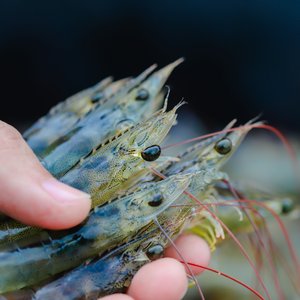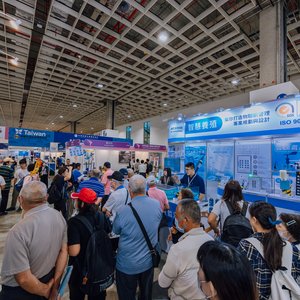Microalgae Isochrysis galbana and Chaetoceros gracilis are part of the basic diet of most bivalve cultures but also the main bacterial entry source into mollusk larviculture. A team of Peruvian researchers evaluated the supplementation of bacterial strains naturally associated with these microalgae to improve their productivity.
Ten bacterial strains collected from I. galbana and C. gracilis commercial cultures used in the larviculture of the Peruvian scallop Argopecten purpuratus were isolated and purified. These strains were individually co-inoculated to each microalgal culture to confirm their promoter effect on growth. First, inoculation was carried out in a volume of 500 mL with constant aeration, which allowed the selection of the best bacterial strains. Then, the culture growth performance after transfer from 500 mL to 2 L tanks, with and without bacterial reinoculation during transfer, was monitored.
Two bacterial strains, Lysinibacillus fusiformis and Bacillus cereus, significantly improved I. galbana production, whereas three other strains, Lysinibacillus sp., Psychrobacter celer, and Staphylococcus saprophyticus, significantly increased the growth of the C. gracilis culture. The use of microalgae supplemented with bacteria did not significantly affect A. purpuratus larval rearing.
Researchers concluded that these results showed the potential of native probiotic bacteria to improve microalgal production within bivalve hatcheries likely due to interactions at the metabolic level.
Check out the study here.













